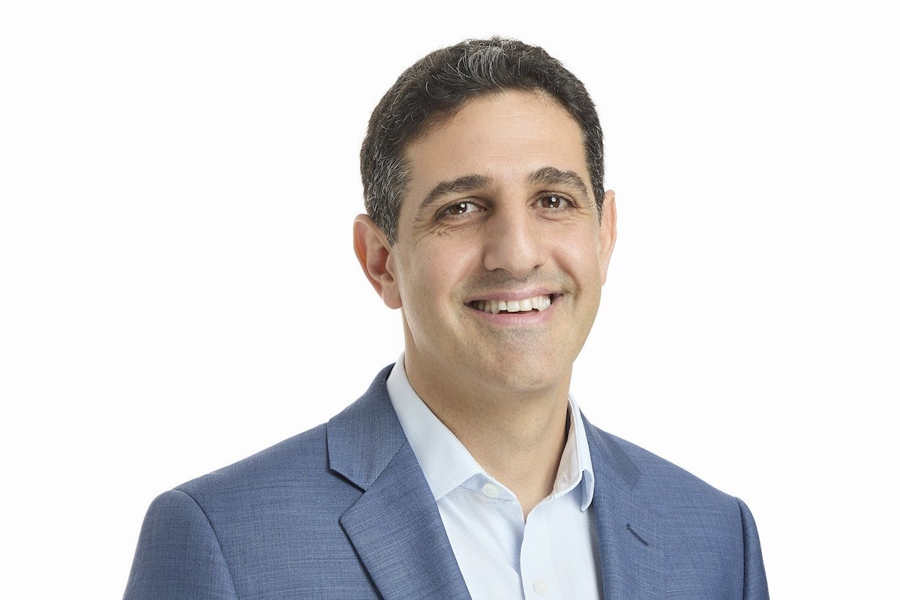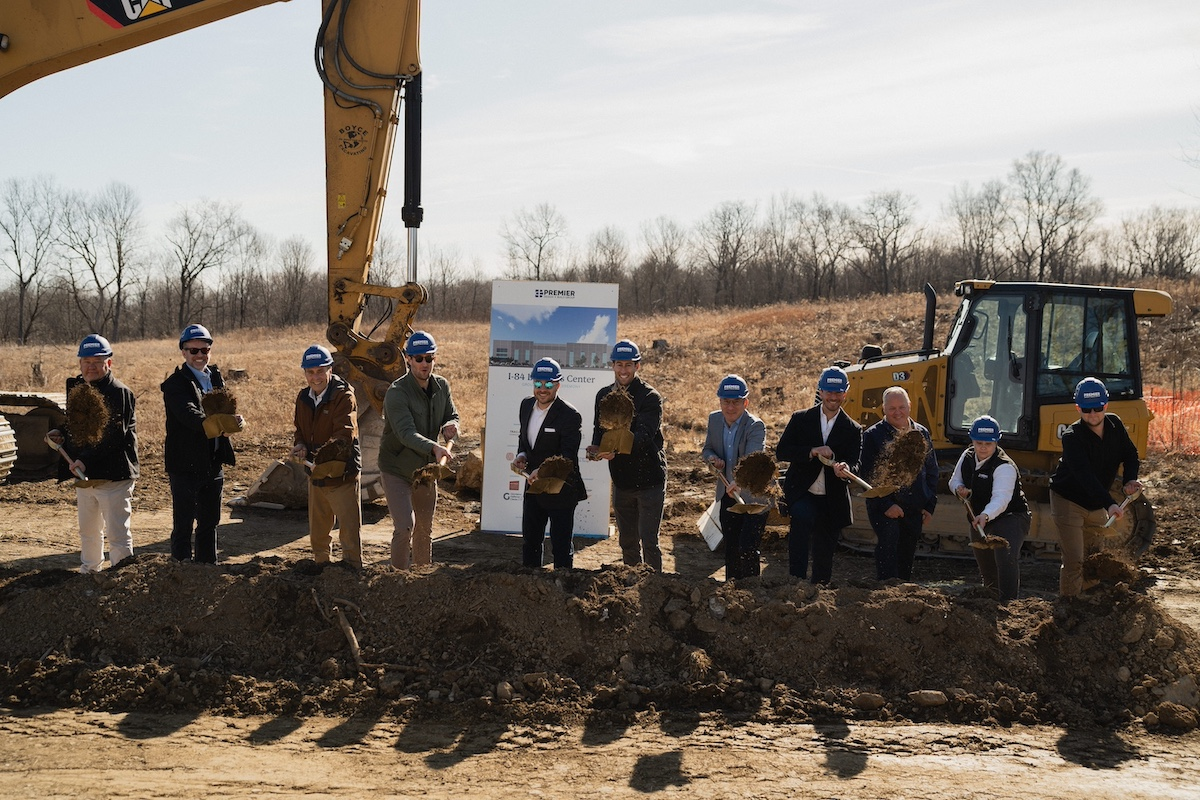The TRIP report, “New York Transportation by the Numbers: Meeting the State’s Need for Safe, Smooth and Efficient Mobility,” finds that throughout New York, nearly half of major locally- and state-maintained roads are in poor or mediocre condition, nine percent of locally- and state-maintained bridges (20 feet or more in length) are rated poor/structurally deficient, and the state’s traffic fatality rate has increased significantly since 2019. New York’s major urban roads are congested, causing significant delays and choking commuting and commerce. The TRIP report includes statewide and regional pavement and bridge conditions, congestion data, highway safety data, and cost breakdowns for the Albany-Schenectady-Troy, Binghamton, Buffalo-Niagara Falls, New York-Newark-Jersey City, Poughkeepsie-Newburgh-Middletown, Rochester, Syracuse, and Utica urban areas.
Driving on deficient New York roads costs the state’s drivers a total of $36.7 billion per year in the form of extra vehicle operating costs as a result of driving on roads in need of repair, lost time and fuel due to congestion-related delays, and the costs of traffic crashes in which the lack of adequate roadway safety features, while not the primary factor, likely were a contributing factor.
The TRIP report finds that 25 percent of major locally- and state-maintained roads in New York are in poor condition and another 18 percent are in mediocre condition, costing the state’s drivers an additional $8.7 billion each year in extra vehicle operating costs, including accelerated vehicle depreciation, additional repair costs, and increased fuel consumption and tire wear.
Nine percent of New York’s bridges are rated in poor/structurally deficient condition, the 12th highest share in the nation and higher than the national average of seven percent. Bridges that are rated poor/structurally deficient have significant deterioration of the bridge deck, supports, or other major components. Most bridges are designed to last 50 years before major overhaul or replacement, although many newer bridges are being designed to last 75 years or longer. In New York, 49 percent of the state’s bridges were built in 1969 or earlier.

| Your local Trimble Construction Division dealer |
|---|
| SITECH Allegheny |
| SITECH Northeast |
Congested roads choke commuting and commerce and cost New York drivers $16.8 billion each year in the form of lost time and wasted fuel. In the most congested urban areas, drivers lose up to $2,459 and as many as 91 hours per year due to traffic congestion.
Due to the COVID-19 pandemic, vehicle travel in New York dropped by as much as 45 percent in April 2020 (as compared to vehicle travel during the same month the previous year). By the close of 2022, vehicle miles of travel in New York had rebounded to nine percent below 2019’s pre-pandemic levels. During the first nine months of 2023, as compared to the first nine months of 2022, New York VMT increased four percent, the third largest increase in the nation during that time.
“Tourism is the state’s third largest industry, providing more than $120 billion in total economic impact,” said Mark Dorr, President of the New York State Hospitality & Tourism Association. “If the roads and bridges leading to our state’s world-class destinations are crumbling, that does not give the visitor a very good first impression. And as they say, you never get a second chance to make a first impression. In order to continue to attract visitors and businesses from around the globe, New York must invest in a transportation network that moves them smoothly, efficiently, and safely while making all of New York the place of great first impressions.”
Traffic crashes in New York claimed the lives 5,207 people between 2018 and 2022. The financial impact of traffic crashes in which the lack of adequate roadway safety features — while not the primary factor — were likely a contributing factor, was $11.2 billion statewide. Nationwide, traffic fatalities began to increase dramatically in 2020 even as vehicle travel rates plummeted due to the COVID-19 pandemic, and the number of fatalities continued to increase in 2021 and remained elevated in 2022. The number of fatalities in New York increased 23 percent from 2019 to 2022, from 931 to 1,148, and the state’s fatality rate per 100 million VMT increased 39 percent during that time, from 0.75 to 1.02. This increase in the number of fatalities and the rate of fatalities per 100 million VMT happened while vehicle travel in the state decreased by nine percent overall from 2019 to 2022.
Improvements to New York’s roads, highways, and bridges are funded by local, state, and federal governments. The level of federal highway investment is set to increase as a result of the five-year Infrastructure Investment and Jobs Act, signed into law by President Joe Biden in November 2021, which resulted in a 50 percent increase in annual federal funding for New York. The ability of revenue from New York’s motor fuel tax — a critical source of state transportation funds — to keep pace with the state’s future transportation needs is likely to erode as a result of increasing vehicle fuel efficiency, the increasing use of electric vehicles, and inflation in highway construction costs. During 2022 and the first half of 2023, the Federal Highway Administration’s national highway construction cost index, which measures labor and materials cost, increased by 36 percent.
The efficiency and condition of New York’s transportation system, particularly its highways, is critical to the health of the state’s economy. Annually, $1.3 trillion in goods are shipped to and from New York, relying heavily on the state’s network of roads and bridges. The design, construction, and maintenance of transportation infrastructure in New York supports approximately 319,000 full-time jobs across all sectors of the state economy. Approximately 3.5 million full-time jobs in New York in key industries like tourism, retail sales, agriculture, and manufacturing are dependent on the quality, safety, and reliability of the state’s transportation infrastructure network.
“Long-term, sustained transportation funding is needed to allow New York to move forward with necessary improvements to its transportation network that will make the state’s roads and bridges smoother, safer, and more efficient while boosting the economy and creating jobs,” said Dave Kearby, TRIP’s Executive Director. “In addition to the federal investment, it will be critical that New York continues to increase its level of transportation investment.”
































































